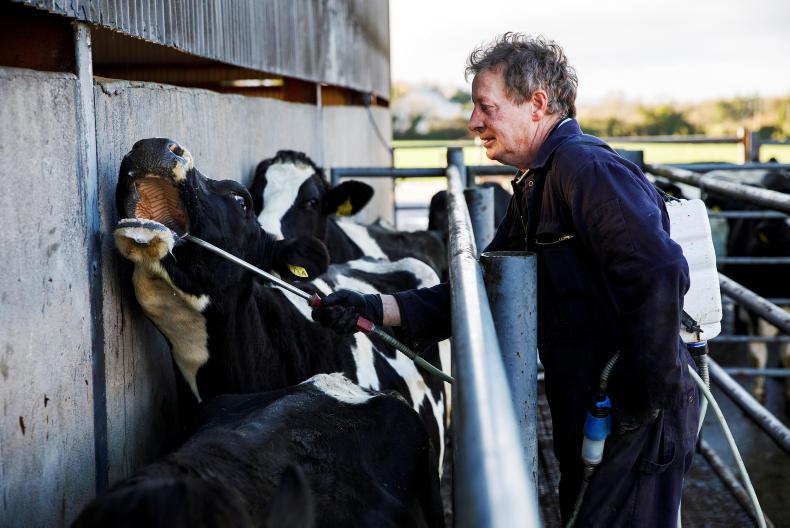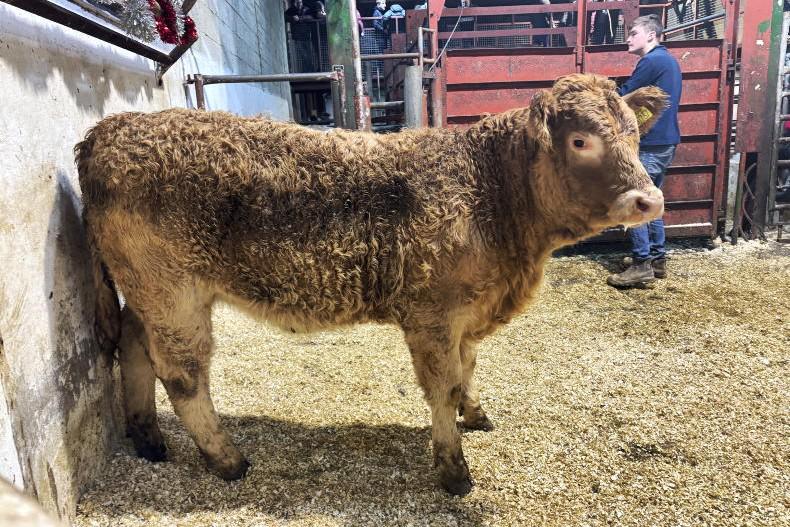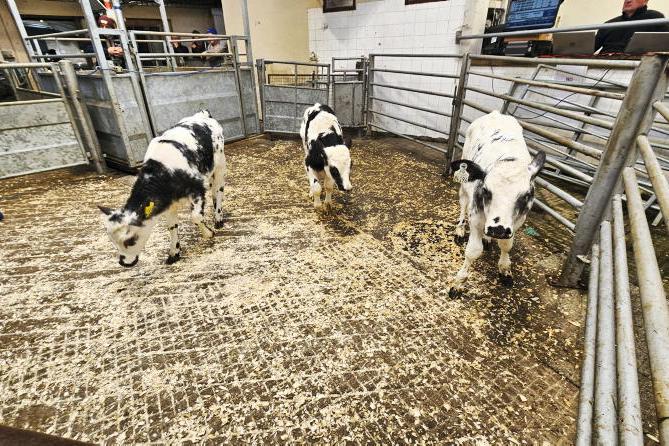Parasites are organisms that live off another organism. It goes without saying that parasites affect the well-being and performance of the host being, whether that’s a child with head lice or a cow with stomach worms.
Therefore, action is required if parasites are present. From a dairy perspective, the main things to be concerned about are rumen and liver fluke, worms and lice.
Dosing out of habit
Dosing for something out of habit is not a wise idea. Anti-microbial resistance (AMR) is not just about antibiotic usage, it also refers to anthilmentic usage. So dosing for something when it’s not necessary can lead to resistance and then the drugs won’t work when they are needed.
In my view, a good place to start is the health screening results from the bulk tank. These detail the exposure of your herd to certain parasites such as liver fluke and worms.
After a wet autumn, there will probably be more fluke around compared with last year
If exposure levels rise over the course of the year, then dosing during the dry period is probably necessary.
Factors such as soil type and location will also be factors for parasites such as fluke who thrive in wet conditions. After a wet autumn, there will probably be more fluke around compared with last year.
If getting animals slaughtered, most factories offer a liver analysis for signs of fluke damage. This will help to determine if fluke is an issue on your farm. Fluke levels can also be determined by faecal egg counts.
There is no flukicide licenced for use in milking cows, so the only time to treat for fluke is during the dry period.
Approved flukicides
There are only three types of flukicides approved for use in dairy cows or pregnant heifers. These are products containing albendazole, oxyclozanide (both of which only kills mature fluke) or triclabendazole, which treats early immature, immature and mature fluke.
Check with your vet which product is best for your farm. Remember, if using products that only kill mature fluke, watch the timing of the dose so that it kills all fluke within the animal, or else dose more than once over the dry period.
Read more
Vet video: getting the most from culture and sensitivity
Dairy management: milk quality, silage and grass courses
Parasites are organisms that live off another organism. It goes without saying that parasites affect the well-being and performance of the host being, whether that’s a child with head lice or a cow with stomach worms.
Therefore, action is required if parasites are present. From a dairy perspective, the main things to be concerned about are rumen and liver fluke, worms and lice.
Dosing out of habit
Dosing for something out of habit is not a wise idea. Anti-microbial resistance (AMR) is not just about antibiotic usage, it also refers to anthilmentic usage. So dosing for something when it’s not necessary can lead to resistance and then the drugs won’t work when they are needed.
In my view, a good place to start is the health screening results from the bulk tank. These detail the exposure of your herd to certain parasites such as liver fluke and worms.
After a wet autumn, there will probably be more fluke around compared with last year
If exposure levels rise over the course of the year, then dosing during the dry period is probably necessary.
Factors such as soil type and location will also be factors for parasites such as fluke who thrive in wet conditions. After a wet autumn, there will probably be more fluke around compared with last year.
If getting animals slaughtered, most factories offer a liver analysis for signs of fluke damage. This will help to determine if fluke is an issue on your farm. Fluke levels can also be determined by faecal egg counts.
There is no flukicide licenced for use in milking cows, so the only time to treat for fluke is during the dry period.
Approved flukicides
There are only three types of flukicides approved for use in dairy cows or pregnant heifers. These are products containing albendazole, oxyclozanide (both of which only kills mature fluke) or triclabendazole, which treats early immature, immature and mature fluke.
Check with your vet which product is best for your farm. Remember, if using products that only kill mature fluke, watch the timing of the dose so that it kills all fluke within the animal, or else dose more than once over the dry period.
Read more
Vet video: getting the most from culture and sensitivity
Dairy management: milk quality, silage and grass courses










SHARING OPTIONS